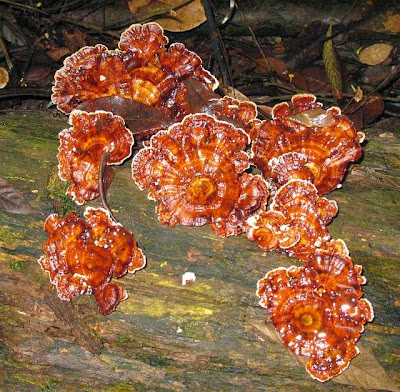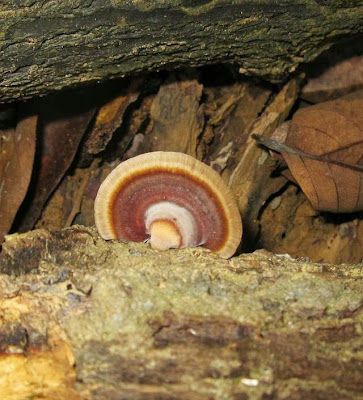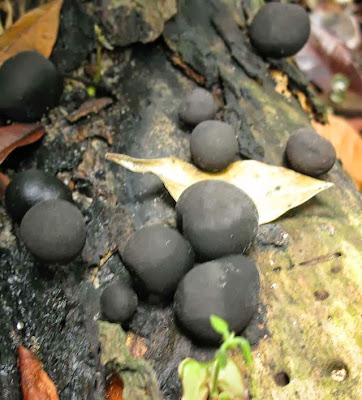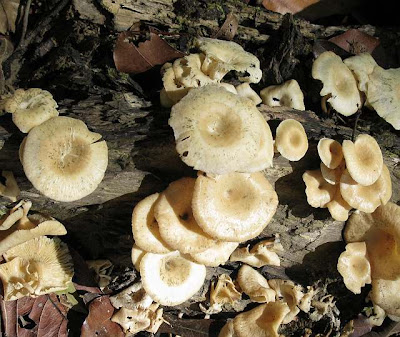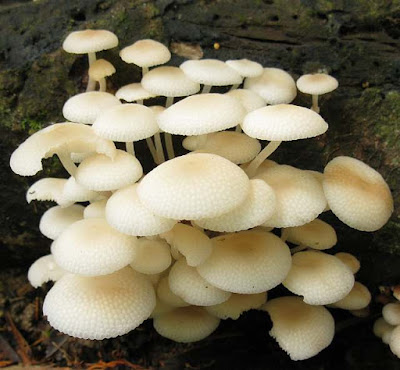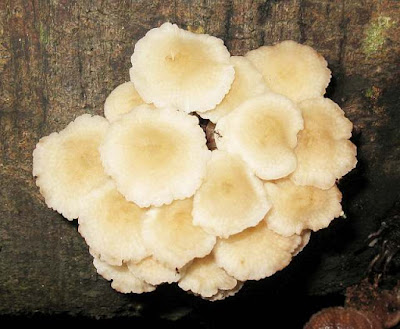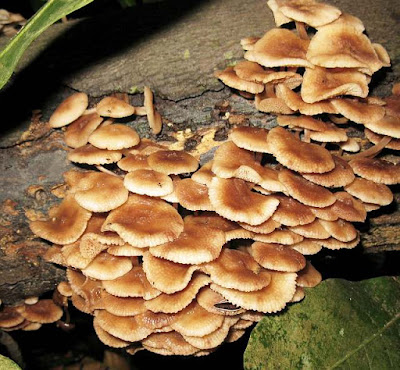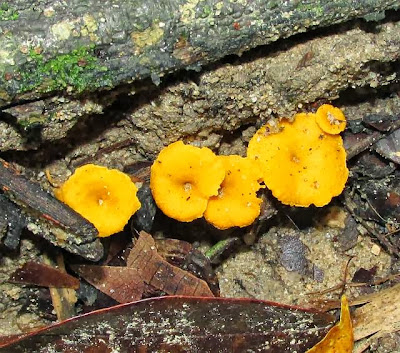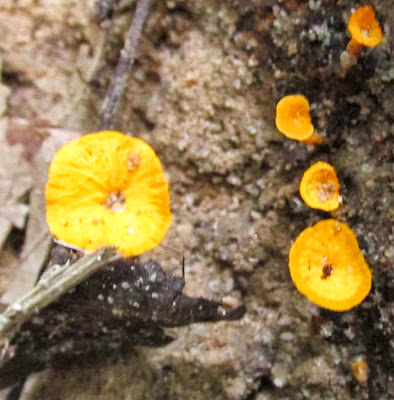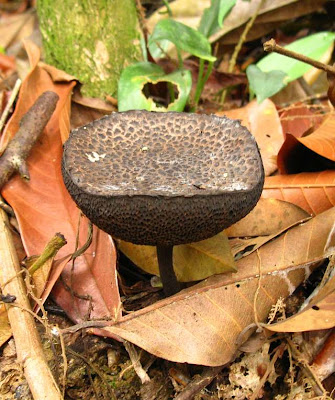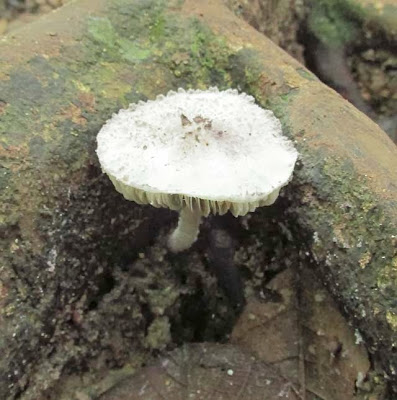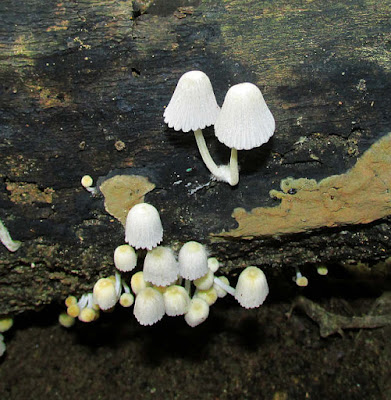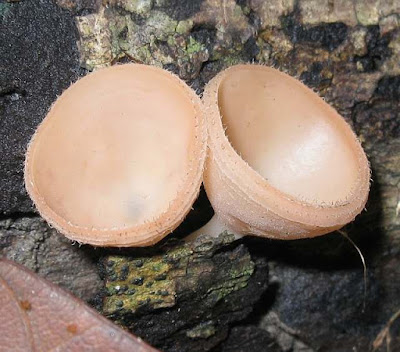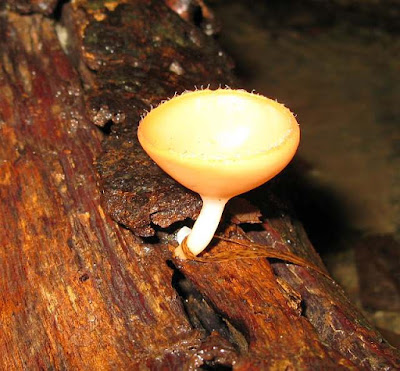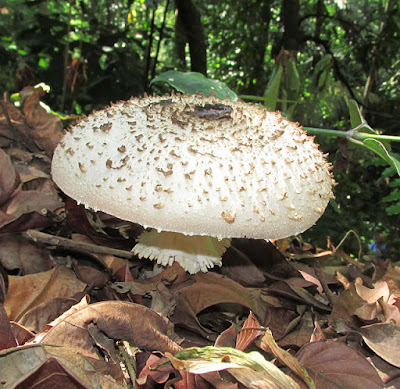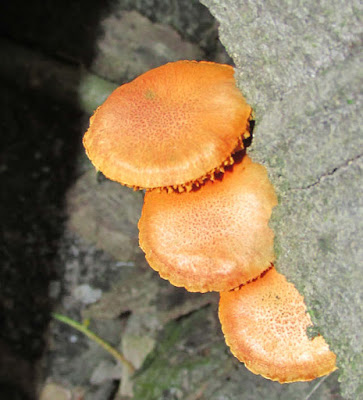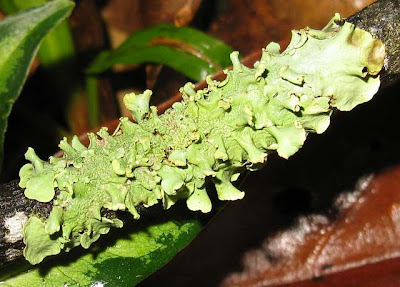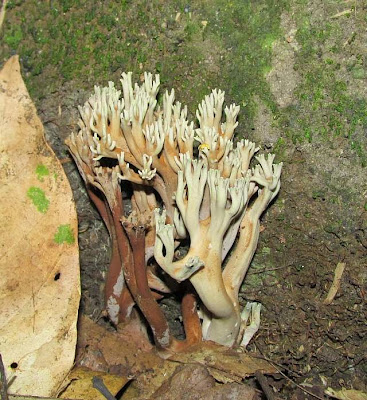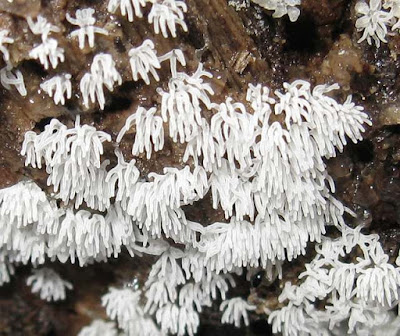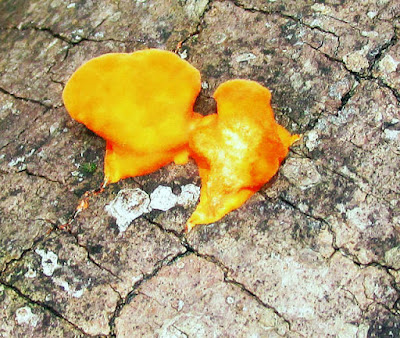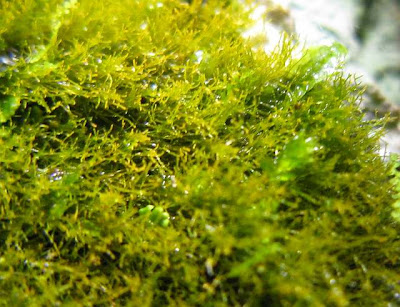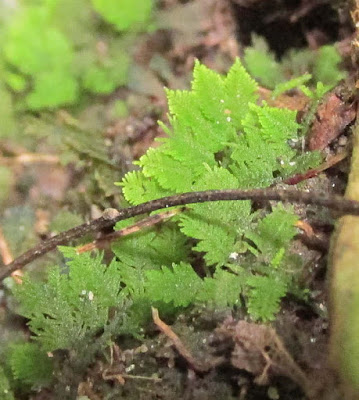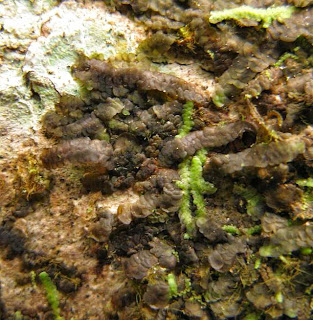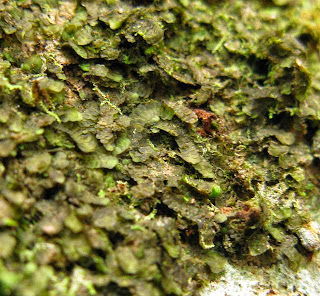Strumigenys are very small trapjaw ants. These are mostly monomorphic with a single worker caste. Strumigenys are generally slow moving, some so slow that they appeared to be moving in slow motion. Many species of Strumigenys are specialist hunters of springtails even as they also scavenge food and hunt other tiny prey.
It many appear to be puzzling how such a slow moving ant is able to snare a fast moving springtail. Springtail are generally a nuisance pest to many ants (and also termites) infilterating their nests and the corridors of ant tunnels stealing bites of food that ants bring home being too alert to be caught by many ants staying just outside of their reach. The answer of course lies in the trapjaws triggered by fine hairs once a target is within striking distance.
Even among the trapjaw ants Anochetus, springtails is one of their regular food sources. While Anochetus and even Odontomachus (aside other arthropods) may stalk and hunt stringtails, Strumigenys is probably the greatest predator of springtails. In areas where springtails abound the density of Strumigenys nests also abound. Their hunting strategy is simply to go where springtails are found. This is usually where there are left over food scraps, such as in the dumping areas of ants nests and even under the bark of fallen tree trunks. The Stumigenys worker then just stay still until a springtail venture within the grasp of the trapjaw.
It many appear to be puzzling how such a slow moving ant is able to snare a fast moving springtail. Springtail are generally a nuisance pest to many ants (and also termites) infilterating their nests and the corridors of ant tunnels stealing bites of food that ants bring home being too alert to be caught by many ants staying just outside of their reach. The answer of course lies in the trapjaws triggered by fine hairs once a target is within striking distance.
Even among the trapjaw ants Anochetus, springtails is one of their regular food sources. While Anochetus and even Odontomachus (aside other arthropods) may stalk and hunt stringtails, Strumigenys is probably the greatest predator of springtails. In areas where springtails abound the density of Strumigenys nests also abound. Their hunting strategy is simply to go where springtails are found. This is usually where there are left over food scraps, such as in the dumping areas of ants nests and even under the bark of fallen tree trunks. The Stumigenys worker then just stay still until a springtail venture within the grasp of the trapjaw.
A worker of a very slow moving Strumigenys species.
Sp2.
This species of Strumigenys at 2 millimiters is the smallest among the species documented on this page. It is also relatively faster moving with a more regular shape head. Picture below is of a queen with a worker of Strumigenys among the brood of eggs, larvae and pupae.
Close-up of the queen or gyne of a Strumigenys species.
The queen of a Strumigenys species.
Workers of Strumigenys sp. This species resembles the previous species above quite closely but is slightly larger with a proportionately larger head.
Strumigenys sp4.
The queen (in front) and a worker of Strumigenys sp4. Strumigenys the minature trapjaw ants. Photo below shows a worker and queen (in front). Most Strumigenys are small between to 2 to 3.5 millimeters. This species is polygynous and monomorphic.
Taxonomy:
Kingdom - Animalia
Phylum - Arthropoda
Subphylum - Hexapoda
Class - Insecta
Subclass - Pterygota
Infraclass - Neoptera
Order - Hymenoptera
Suborder - Apocrita
Infraorder - Aculeata
Superfamily - Vespoidea
Family - Formicidae -- ants, fourmis
Subfamily - Myrmicinae
Genus - Strumigenys
Last Updated: 2014 06 20
First Posted: 2011 11 21





























